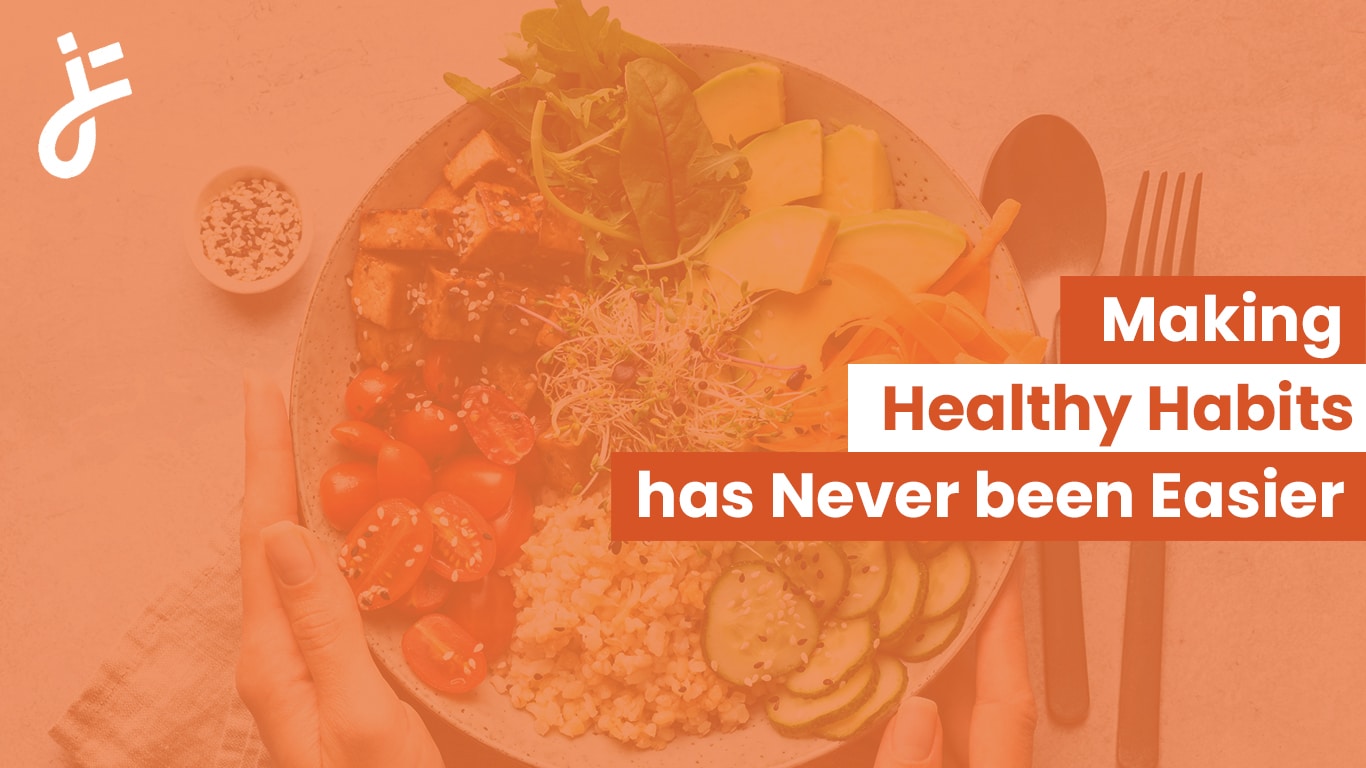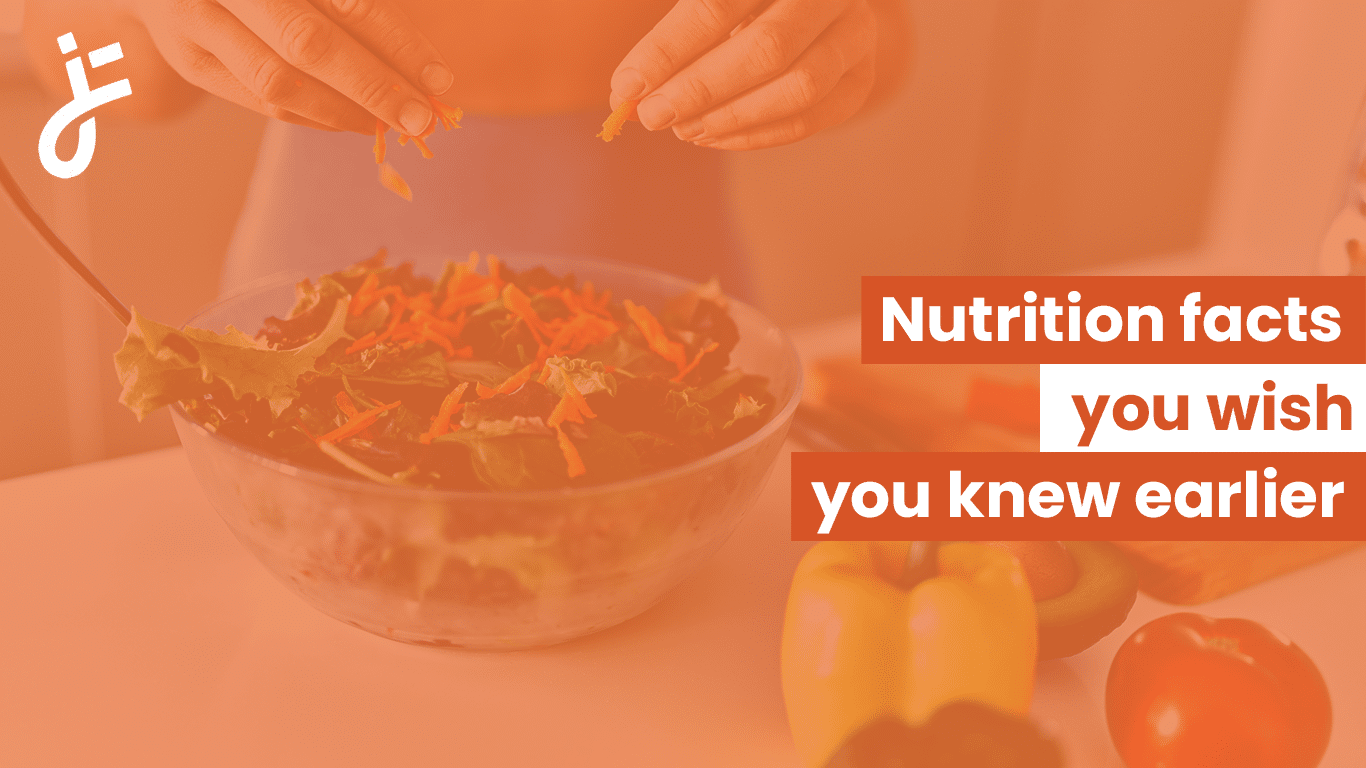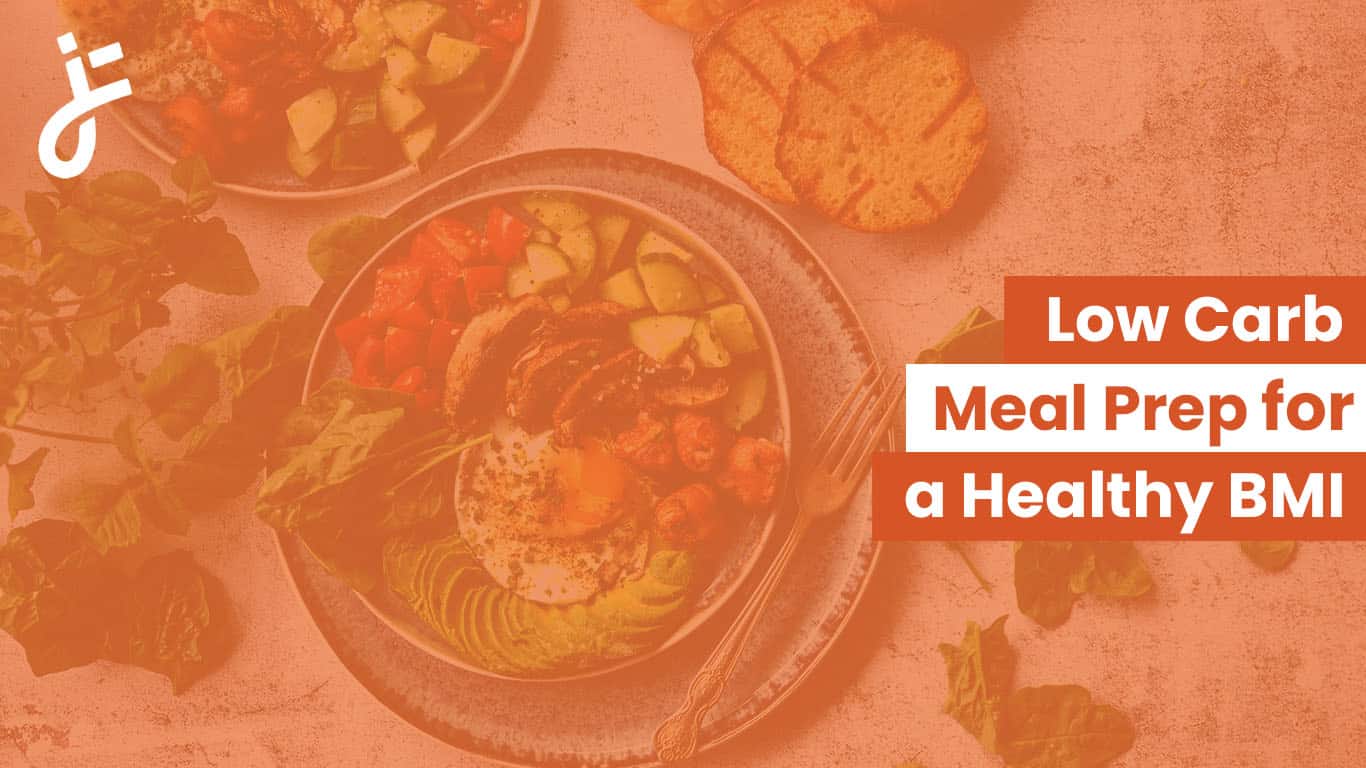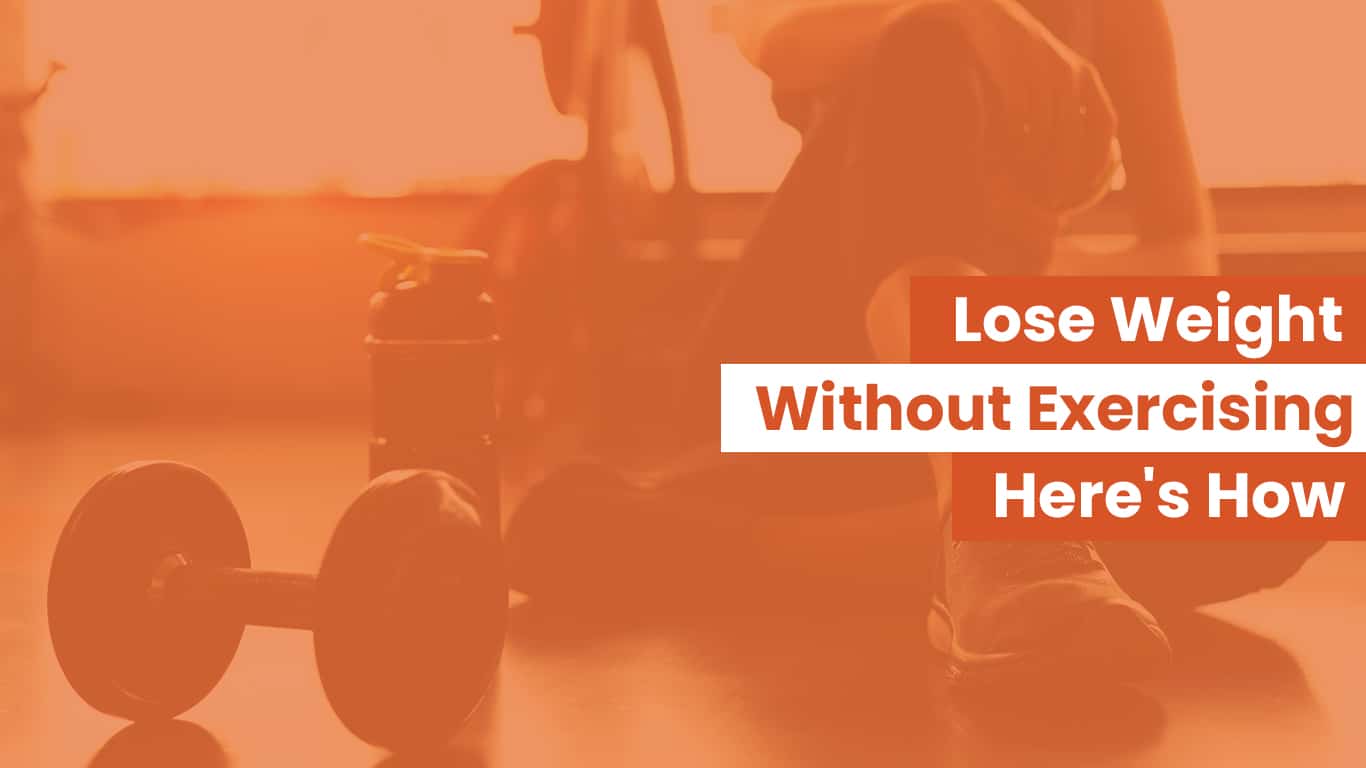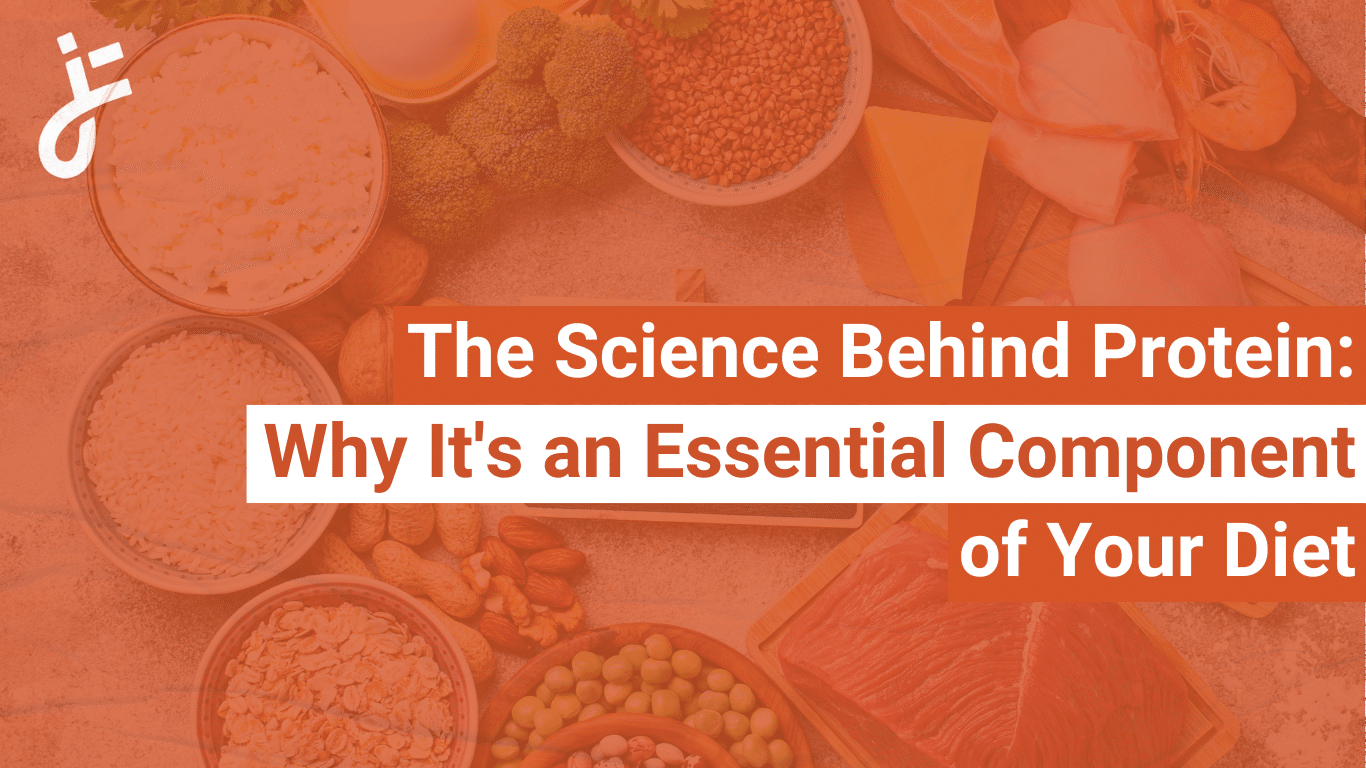Strengthening your immune system is one of the central parts of maintaining your health. With our fast-paced lifestyles, creating a quick way to ingest as many nutrients as possible was necessary. That’s why immunity shots became one of the most popular ways of boosting your immune system in only a few sips.
What are immunity shots?
Immunity or wellness shots are strong beverages filled with antioxidants, minerals, vitamins, and other beneficial compounds. These compact shots are designed to give your body all the essential nutrients it needs quickly. Regularly consuming these drinks will boost your immune system and enhance your vitality.
Key ingredients for immunity
Certain ingredients proved to be very effective for boosting your immune system. Some of these components are:
Vitamin C: Vitamin C is known for its antioxidant powers. It plays a big role in making your immune system stronger. It also helps with protecting your cells from damage.
Turmeric: This vibrant spice contains curcumin. It’s an active ingredient that fights inflammation and has antioxidants. It helps keep your immune system tough.
Ginger: Ginger is well-known for reducing inflammation and aiding digestion. It also gives a boost to your immune responses.
Echinacea: Echinacea is a common plant used in traditional medicine. It’s believed to stimulate your immune cells and make your body’s defenses better.
Propolis: Bees create propolis, which has unique compounds that fight germs and support your immune system.
Zinc: Zinc is an essential mineral tightly connected to many immune functions. It does an excellent job of keeping your immune system strong and intact.
How to choose the right immunity shot
Choosing the right immunity shots for your body includes a few simple steps.
You should first identify your health goals. Immunity shots can achieve various health benefits:
- boosting your immune system;
- boost your energy;
- reduce stress;
- support digestion;
- enhance recovery, and many more functions.
Different ingredient combinations will bring those benefits. Hence, you should first decide which goals you want to achieve before making the winning concoction.
If you are going to purchase an immunity shot, make sure you take a good look at the label. You must understand what’s written there and which ingredients are in the mix. Choose the ones that clearly show their contents. Avoid shots that have too many additives or artificial sweeteners.
Another good idea is to check the label for quality certifications. Look for markings like “USDA Organic” or “GMP Certified.” These markings confirm that the products adhere to various quality standards.
When purchasing an immunity shot, consider any dietary restrictions you may have. They should align with your preferences and requirements. Many options aren’t gluten-free or vegan, so if you’re following those diets, find options that align with your dietary restrictions.
Crafting your DIY immunity shots
If you prefer a hands-on approach, you can easily make your own immunity shots. By making it yourself, you’ll have complete control over the ingredients and keep it cost-effective. Some of the best homemade immunity shots are:
Turmeric-ginger
For this recipe, you’ll need one teaspoon of turmeric powder and one teaspoon of grated ginger. You may also use a one-inch piece of grated fresh turmeric instead of the powder.
Mix turmeric powder, grated ginger, honey, and black pepper in a glass. Stir until they combine.
This shot provides:
- immunity benefits;
- anti-inflammatory effects;
- aids digestion.
Lemon-ginger
For this recipe, you’ll need:
- juice of one lemon;
- one-inch piece of grated ginger;
- one tablespoon of honey;
- pinch of cayenne pepper.
Mix the freshly squeezed lemon juice and grated ginger in a small bowl. Add honey and cayenne pepper (if using) to the mixture. Stir well until everything is combined.
This shot provides:
- energy boost;
- supports digestion.
Apple cider vinegar
The ingredients for this shot are:
- one tablespoon apple cider vinegar;
- one tablespoon of lemon juice;
- one teaspoon raw honey;
- 1/4 teaspoon ground cinnamon;
- pinch of turmeric (optional).
Simply mix all of the ingredients in a small bowl. Mix well until all ingredients are blended.
This shot provides:
- strengthens the immune system;
- antioxidant benefits.
Green immunity shot
You’ll need these ingredients for this green vitamin bomb:
- handful of spinach leaves;
- 1/2 cucumber;
- one green apple;
- 1/2 lemon, juiced;
- small piece of fresh ginger.
Cut the cucumber and green apple into small pieces. Put all the ingredients into a blender and blend until smooth. Strain the mixture if desired and pour the juice into a shot glass.
This shot provides overall wellness and immune support.
Immunity shot types
There are types of immunity shots that can achieve various health goals. We can sort them into three main categories.
Herbal mixes for the immune system
These shots use special plant herbs like echinacea, astragalus, and elderberry. These herbs will do wonders for your immune system.
Berry blends with antioxidants
These shots include berries like blueberries, strawberries, and cranberries. They’re packed with antioxidants that help your body fight stress.
Green veggie boost
Some shots include green veggies like spinach, kale, and spirulina. These vegetables contain chlorophyll and other important nutrients that boost your immune system.
The science behind immunity shots
A closer look at the science behind these potent elixirs reveals an interesting mix of factors that work together to make them effective.
Immunity shots blend various vitamins, minerals, and other nutrients to create a teamwork effect. This combination helps your immune system work better and supports your overall well-being. Some ingredients in these shots are carefully chosen to help your body absorb nutrients more efficiently.
Immunity shots often include special herbs like ashwagandha and reishi. Apart from their immune system benefits, they will also decrease your stress levels.
To make the most of immunity shots, it’s important to use them in the right way as part of your daily routine.
Timing matters:
Taking them before meals or on an empty stomach can help your body absorb the nutrients better.
Pairing with meals
Having shots with nutrient-rich meals can give you even more benefits. It’s like a one-two punch of goodness for your body.
Talk to an expert
Consult with a healthcare professional before making significant changes to your health routine. They can give you advice that’s right for your unique needs.
Final thoughts
Immunity shots are an exciting mix of flavors that can drastically boost your overall health. By experimenting with these ingredients, you can make combinations and choices that match your health goals. Of course, they should be used as an additional tool for your well-being. Still, they are an excellent addition to a healthy diet and an active lifestyle.


